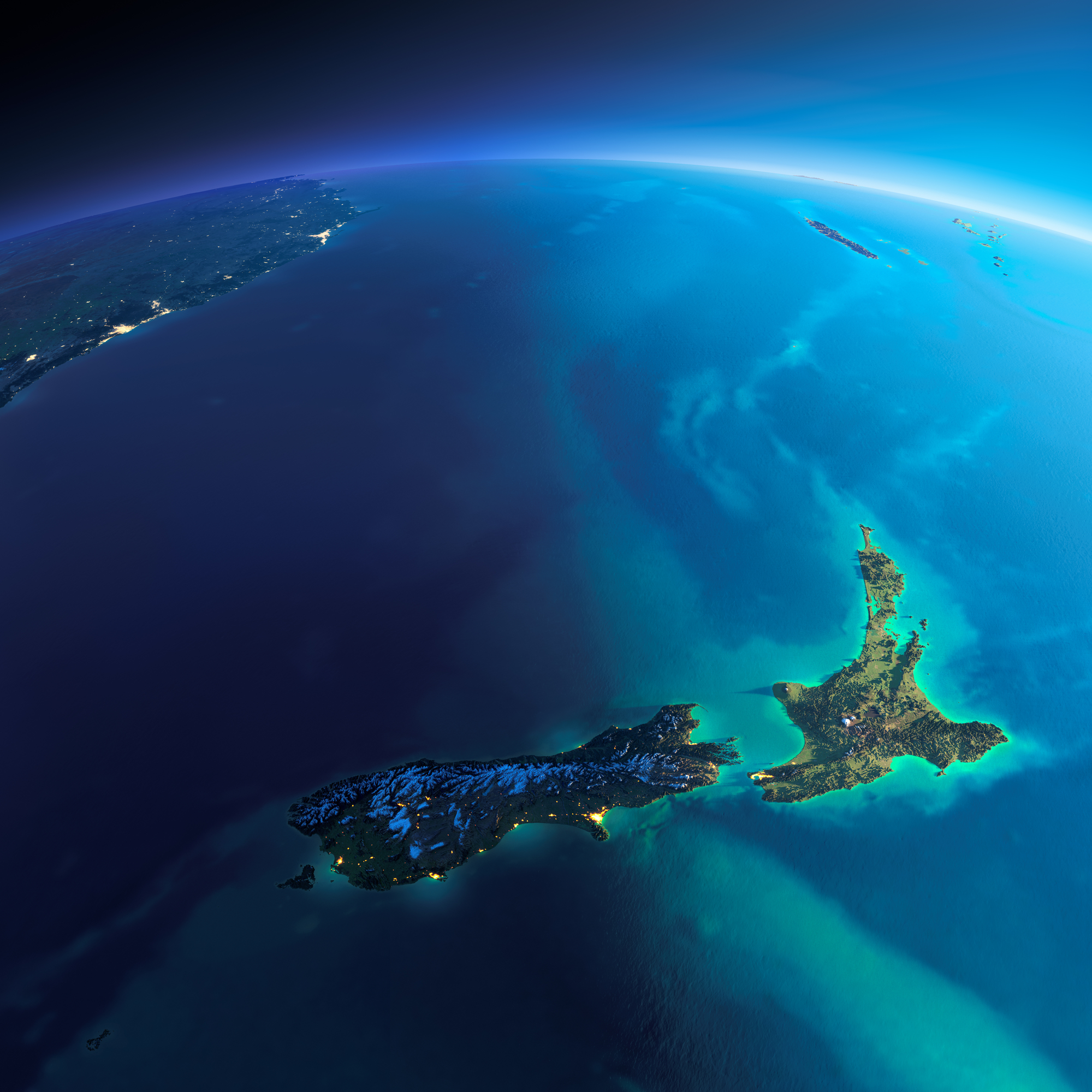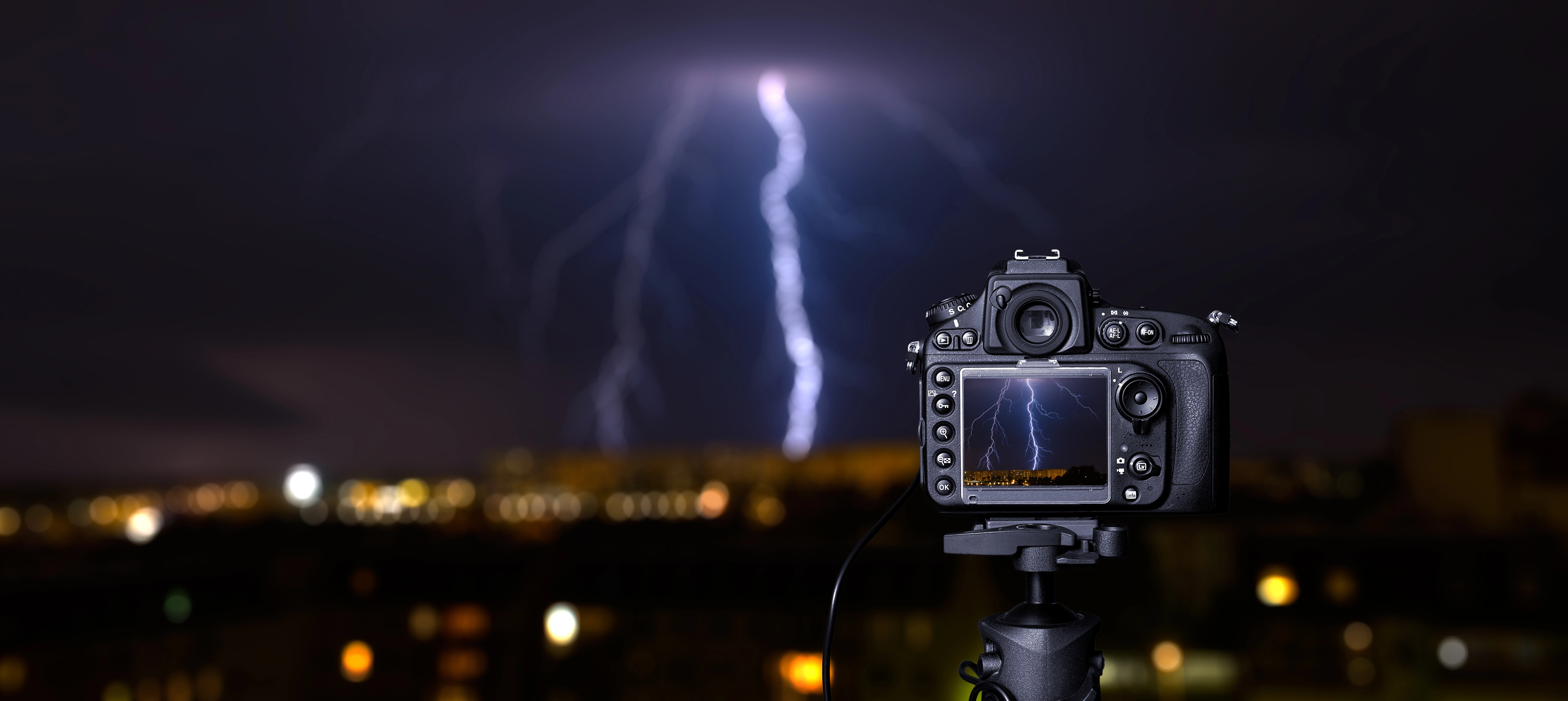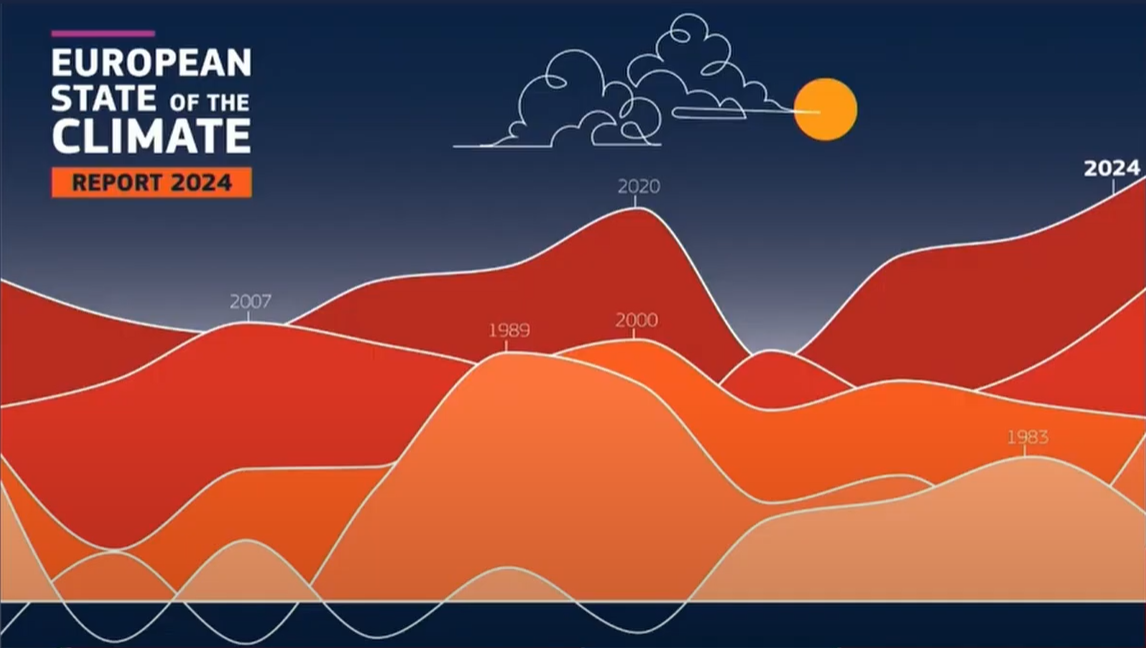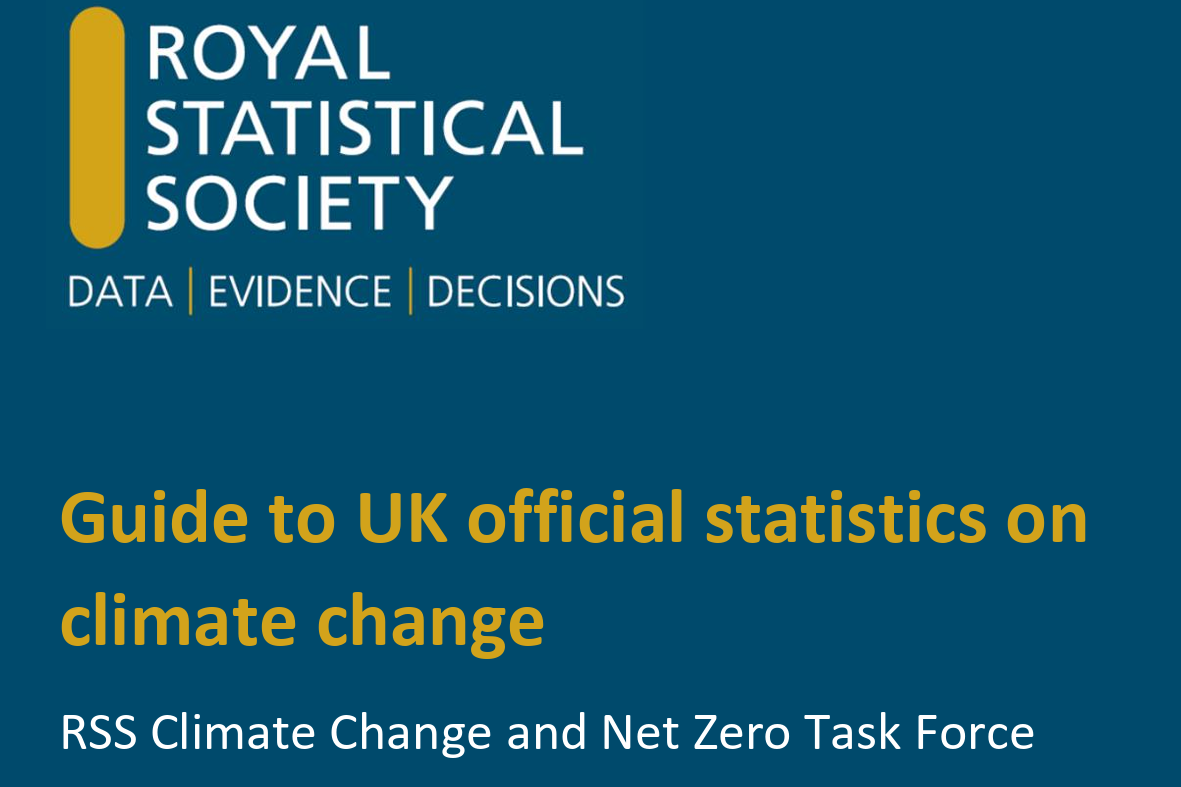

A traveller's guide to Wellington, New Zealand
Wellington City, with its Victorian timber architecture, bushy hillsides, waterfront promenades, and craggy shorelines, is the Capital of New Zealand, and a rather small Capital at that, with a population of just 405,000 people. It is located in the Greater Wellington Region on the south-western tip of the North Island, bordering the Cook Strait between the North and South Islands. As such, Wellington is the crossing point between the two islands, and a well-trodden path for travellers.
Any visitor would be delighted with the array of museums, theatres, art-house cinemas, funky boutiques, endless restaurants and hip bars with live bands. For the craft beer enthusiasts, Martinborough Brewery is the place to go whilst in Wellington (in fact, you’ll find craft breweries located across the whole of New Zealand!) Whilst in the city, a trip up the 196 m high Mount Victoria to take in the views is a priority!
The Te Papa Museum in Wellington is New Zealand’s national museum and a ‘must see’ attraction. It is interactive and full of surprises, including an amazing collection of Māori artefacts, natural history and environment exhibitions, Pacific and NZ history galleries, themed hands-on ‘discovery centres’ for children, as well as the National Art Collection. A visit to City Gallery Washington should also be included in your ‘to-do’ list.
Parks and gardens are in abundance in Wellington. The hilly 25 hectares of Wellington Botanic Gardens, complete with native forest, can be viewed by cable car, whilst the Queen Elizabeth Park on the Kapiti Coast, with its relaxed, beachy atmosphere, is perfect for swimming, walking, cycling, horse riding and picnicking.
If wildlife and nature are more your taste, Wellington has a number of reserves to explore. Zealandia is a wildlife reserve, hidden in the hills about 2 km west of Wellington City, and home to 30 native bird species, whilst Pukaha Mt Bruce National Wildlife Centre is one of NZ’s most successful wildlife and captive breeding centres. The Kapiti Island nature reserve can be found on the Kapiti Coast. Wairarapa and the Kapiti Coast are both warmer and less windy than other parts of the region. The Wairarapa plains lie to the northeast of Wellington, beyond the Rimutaka Range (a mountain range that runs parallel to the east coast, north from Wellington City), and along with Lake Wairarapa, a shallow 80 km2 lake, it is dotted with quiet towns, farms and wineries.
Wellington is also the hometown of Peter Jackson, Director of Lord of the Rings films. The trilogy was filmed extensively across New Zealand, and many tourists take a ‘Middle Earth’ tour around the country to explore the scenery from film locations, as well as exploring sets and other links to the film. In Wellington itself, Lord of the Rings film locations include the Shire, the Gardens of Isengard, and Minas Tirith which can be visited, as well as a Weta Workshop and exhibit, where many of the special effects and props for the movies were created.
Wellington must be a welcome addition to anyone’s bucket list and not simply for ticking off the world’s windiest city or visiting the Shire!
Windy Welly: The real windy city
As a whole, New Zealand enjoys higher temperatures and longer daylight hours than the UK in comparable months. The North Island is favoured with a more consistent climate than its southern counterpart, but it does not escape extreme events – in April this year, ex-cyclone Debbie brought a ‘once in 500-year’ flood to large parts of the east coast of New Zealand.
The Wellington region has a mild, temperate marine climate with few climate extremes. But because of its exposure to weather systems from the Tasman Sea, it is a very windy region. In fact, Wellington is the world’s windiest city, with an average wind speed of over 16 mph. The Cook Strait has a wind-funnelling effect, which leads to a high frequency of strong winds around the southern coast, whilst the rugged landscape results in local variations in wind direction and strength. Amongst the windiest spots are Cape Palliser and Castlepoint on Wellington’s Wairarapa coast. Winds of up to 124 mph were recorded at Kelburn on the 10th April 1968, and a gust of 133 mph was recorded at Hau Nui on the 19th October 1998.
Like the UK, Wellington has a reputation for blustery, cold, grey weather, but – like the UK – this isn’t the whole story. The most settled weather occurs during summer and early autumn (December to March). Summers are warm, with blue skies and daytime temperatures typically ranging 19 to 24°C, yet they seldom exceed 30°C. Winter (June to August) is usually the most unsettled time of year, with June and July being the wettest months, though it is generally quite wet all year round. Frosts are commonly experienced inland, in the hill suburbs and the Hutt Valley during clear calm conditions, however snow is very rare at low altitudes (though record-breaking snow storms did affect the city and many other parts of the Wellington region in July and August 2011, depositing the first notable snowfall in over twenty years!). Typical winter daytime maximum air temperatures range from 10°C to 14°C. However, Wellington is known for its southerly winds at this time of year, which make the temperature feel much colder.
A whimsical look at the climate of Midde Earth
Although a place of fiction, it hasn’t stopped people being fascinated by the climate of Middle Earth. Indeed, as part of public engagement work, one scientist at University of Bristol’s Cabot Institute – who gave themselves the pseudonym ‘Radagast the Brown’ (real name Prof Dan Lunt) - even ran a climate model simulation of the ‘Middle Earth’ complete with of elves, dwarves, hobbits and wizards. It was found that:
- The climate of Middle Earth has a similar distribution to that of Western Europe and North Africa.
- Mordor had an inhospitable climate, even ignoring the effects of Sauron - hot and dry with little vegetation.
- Ships sailing for the Undying Lands in the West set off from the Grey Havens due to the prevailing winds in that region.
- Much of Middle Earth would have been covered in dense forest if the landscape had not been altered by dragons, orcs, wizards etc.
- Lincolnshire or Leicestershire in the UK, or near Dunedin in the South Island of New Zealand, have an annual-average climate very similar to that of The Shire.
- Los Angeles and western Texas in the USA, and Alice Springs in Australia, have an annual-average climate very similar to that of Mordor.
Climate of Wellington
Average min temperature range: 6.6°C in July to 14.5°C in Feb
Average max temperature range: 12.2°C in July to 21.1°C in Feb
Average driest month: Feb with 54.5 mm and 6 rain days
Average wettest month: June with 111.4 mm and 12 rain days
Average daily sunshine: 5 hours in Jan to 12 hours Sept
A personalised account of Wellington (via Benjamin Harris on YouTube):




